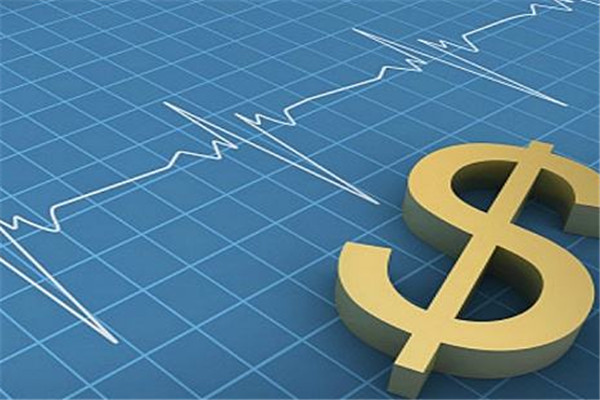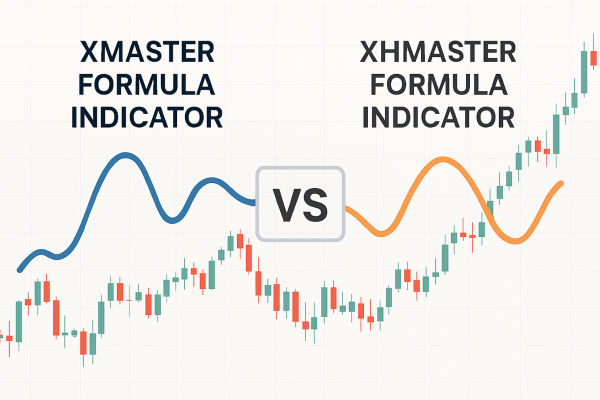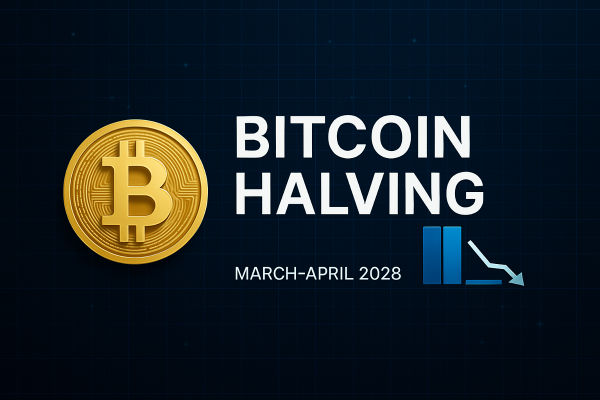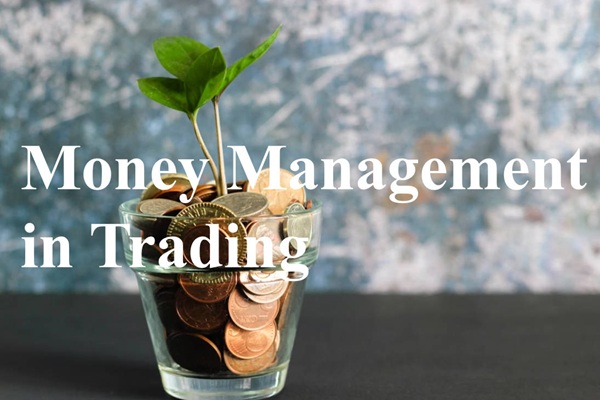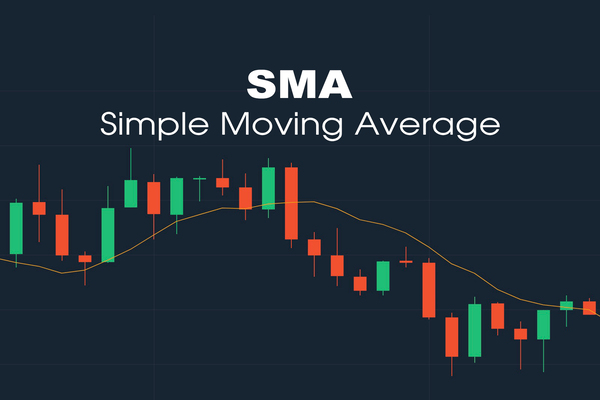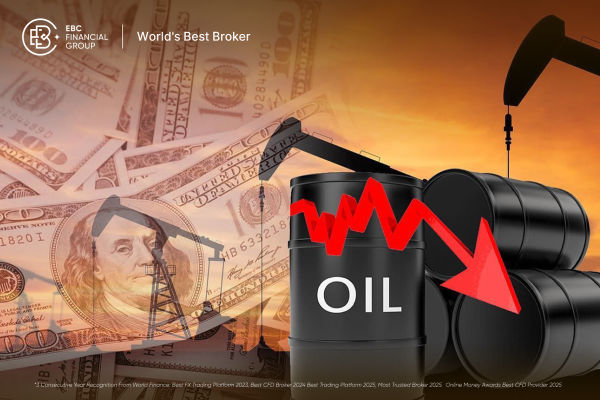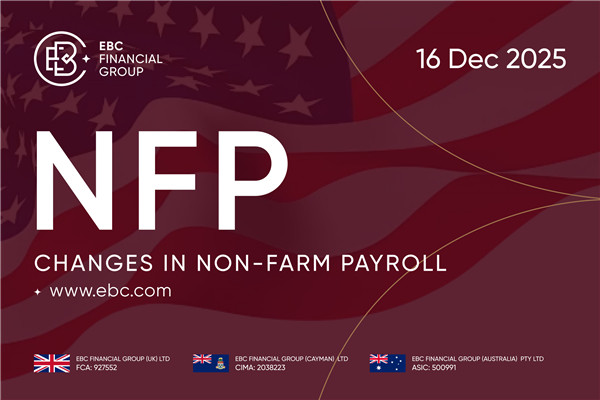Adding and covering forex positions are both trading strategies used by investors in forex trading. Many people believe that adding and covering forex positions are buying on an existing basis, so there is no difference between the two. Actually, this idea is wrong, there is still a difference in essence between adding positions and covering them. To understand the difference between adding forex positions and covering forex positions, it is necessary to first understand the basic concepts of the two.
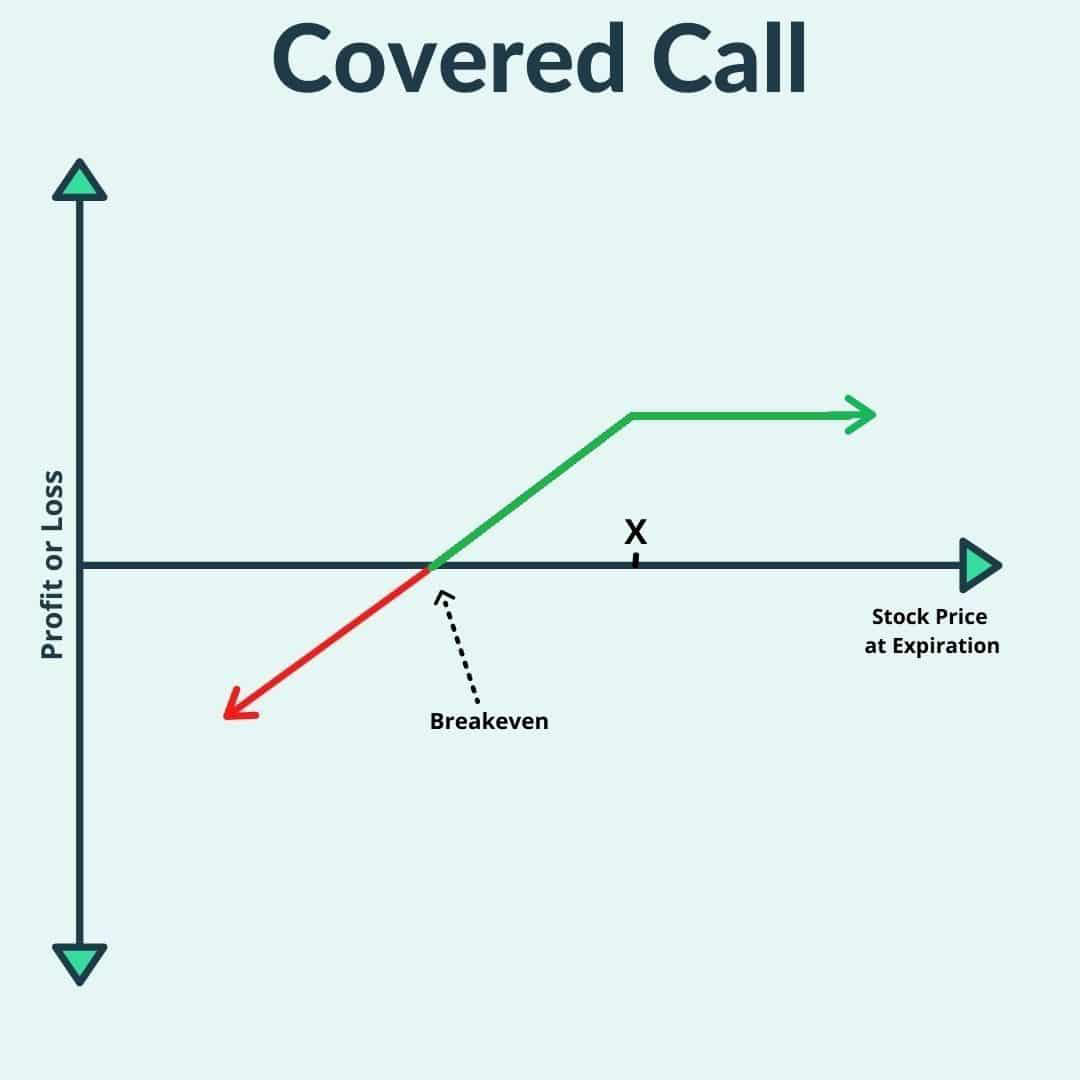
Concept of Adding Forex Positions
Refers to the behavior of continuing to buy additional stocks or currency pairs during a price decline or rise due to continuous bullish sentiment.
Concept of Forex Replenishment
Replenishment refers to the buying behavior carried out to reduce average costs when the exchange rate drops or is covered. Replenishing a position is a passive coping strategy after being trapped. It is not a good way to unwind the situation, but it is more suitable in certain specific situations.
The difference between adding and covering positions mainly lies in the purpose and timing of the operation.
1. Different purposes
The purpose of adding positions is to further increase investment and obtain higher returns when stock or fund prices are reasonable or expected to rise. The purpose of covering positions is to increase investment in a timely manner to reduce costs and risks when stock or fund prices fall to a certain extent.
2. Different timing
The timing for adding positions is to continue increasing investment in a positive market situation. The timing for covering a position is to find an appropriate opportunity to increase investment in the face of poor market conditions.
3. Different methods
The method of adding positions is to further increase the investment amount or quantity based on the judgment and expectation of market conditions, on the basis of the original position. The method of covering a position is to increase the investment amount or quantity at an appropriate time based on one's own judgment and risk tolerance when the stock or fund price drops to a certain extent on the basis of the original position, in order to reduce costs and risks.
Overall, although adding and covering positions are both operations to increase the amount or quantity of investment, their purpose, timing, and methods are different. Adding positions is to continue to increase investment in a favorable market situation; Replenishing positions refers to increasing positions through timely investment to reduce costs and risks in the face of poor market conditions. You need to choose the appropriate operating method based on your investment strategy and market situation.
【 EBC Platform Risk Reminder and Disclaimer 】: There are risks in the market, and investment needs to be cautious. This article does not constitute investment advice.
